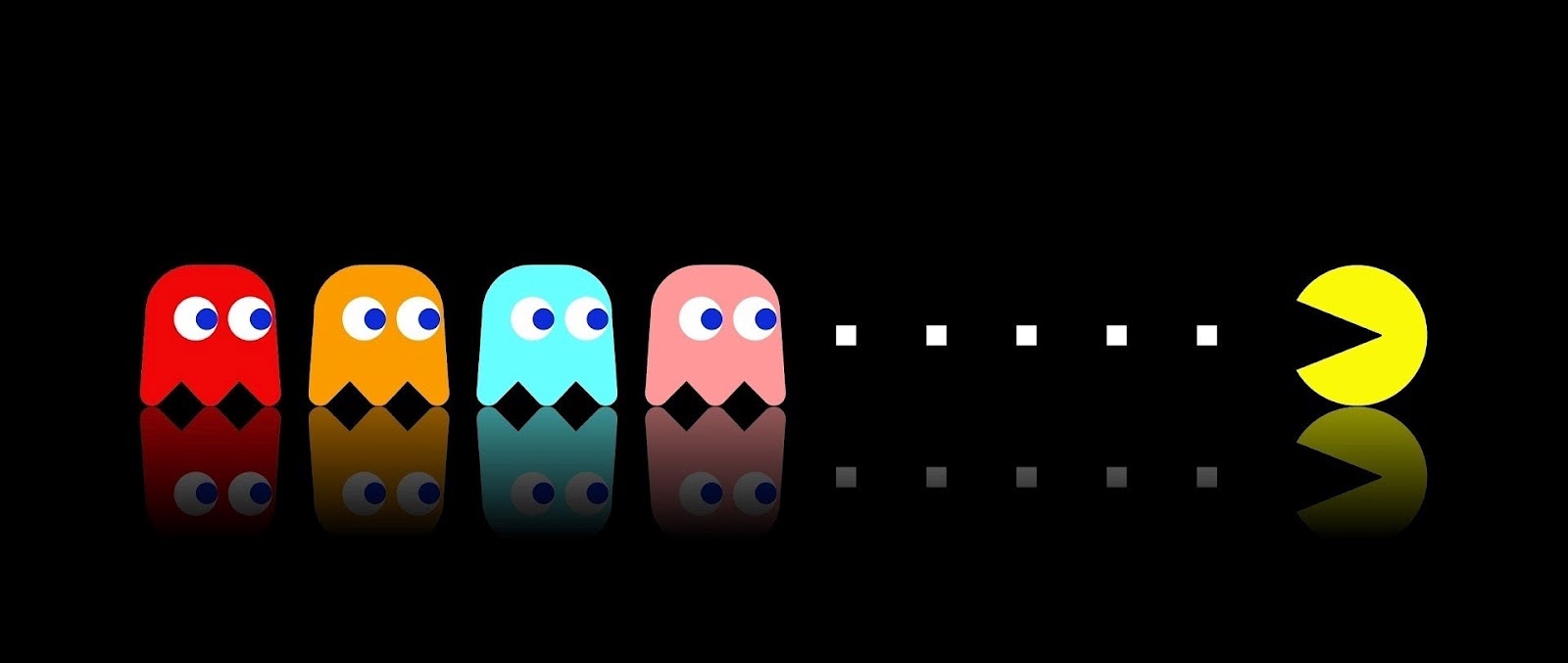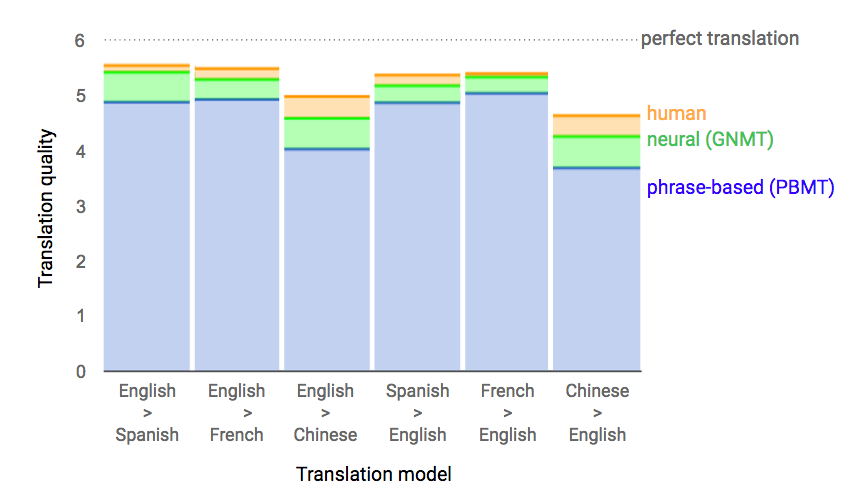
Category: Artificial Intelligence
Apr 24
Artificial Intelligence eats Software
When the borders, that separated the Western from the Eastern countries, nobody could imagine that the former Warsaw-Pact countries would lead the West in some technological fields. While some years later a cable-based telephone system would dominate and wireless cell phone systems be rather lacking, Hungary had the fastest GSM-network. Before the fall of the borders the country didn’t have the resources to build out a good telecommunications network and put cables into the soil. But with the changes Hungary simply leaped over DSL cables and directly moved to wireless phones. The country ‘leapfrogged‘ cable.
That’s how we may feel, when we look at education. Are we supposed to make programming mandatory in schools, or rather not? A question that should already have been answered with an enthusiastic ‘Yes’ back then in the 80s, but coding is still not a discipline taught in schools.
Could it be that we just ‘leapfrogged’ that challenge? If we take a closer look at artificial intelligence, then we quickly note that less software skills but rather the creation of algorithms and teaching machines to machine-learn will be the skills of the next decades.
Google Translate
We can see this trend at Google. The Silicon Valley company has been developing for over a decade a translation tool aptly named Google Translate. Since its beginning until 2017 more than 500,000 lines of code were created to make the Phrase-Based Machine Translation (PBMT) reality. PBMT is a statistical probability model that deconstructs every sentence into words and sequences for translation purposes.

In September 2016 Google started a research project, with the Translate-team using a neural network for translation.The whole sentence is taken as unit and translated. The results were so superior in comparison to the old approach that Google translate was switched to the new method just two months later in November 2016
The number of code lines with that approach: 500(!)
Instead of having software development teams tackling the challenge, with pre-conceiving and working for years on all variations and options, the team just creates a framework, feeds it with algorithms and data and with the help of human intervention improves the results step-by-step.
Artificial Intelligence, which learns through algorithms and data, eats human software for lunch. And makes the work of many software developers a thing of the past.
Which brings us to the conclusion that we shouldn’t push software programming to become a new subject, but a wider defined field: AI, algorithms, and coding. While we’ve been too slow to train the required numbers of software engineers, we mustn’t miss training future AI-experts.
This article has also been published in German.

Recent Comments